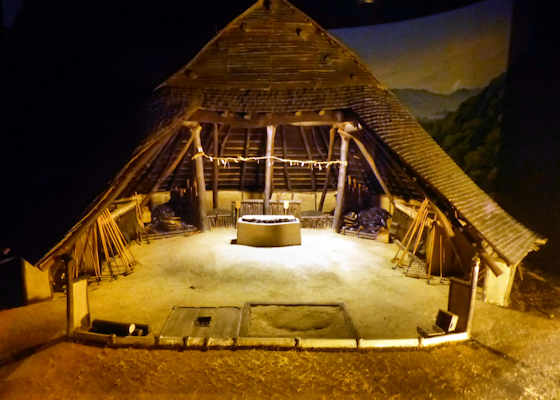Tuesday, October 3, 2023
Nabeshima Mansion
Labels:
Architecture,
kyushu108,
mansion,
nagasaki,
preservation district
Sunday, October 1, 2023
Okuizumo Tatara Sword Museum
Friday, September 29, 2023
Kojiro-kuji Samurai District
Other than the two samurai districts mentioned above, on this pilgrimage, I also visited samurai districts in the castle town of Kitsuki and the castle town of Obi.
Labels:
kyushu108,
nagasaki,
preservation district
Thursday, September 28, 2023
Hanta-ji Temple 50 Shikoku Pilgrimage
In the late 13th century Ippen Shonin studied here and later went on to found the Jishu sect.
Tuesday, September 26, 2023
Kojiro Shrine
The previous post was on the Isahaya Bay Dyke.
Labels:
inari,
kyushu108,
Shrine,
sugawara michizane,
torii
Sunday, September 24, 2023
Chikurin-in Temple Gunpoen Garden
Yoshino, in the mountains of southern Nara, is and was a centre of Shugendo, the mountain-worshipping cult, but is now most famous for its cherry blossoms, although the Shugendo sites are part of a World Heritage Site.
The temple claims to have been founded by Prince Shotoku which would mean late 6th or early 7th century and it was called Chinzan Dera. A couple of centuries later Kukai visited and changed its name to Josen-ji.
What is often mentioned in reference to the garden here is that several cherry trees play a prominent part in the design and that this is quite rare in standard Japanese garden design. When I visited in November, the cherry trees were bare but a few maples were in full colour.
Subscribe to:
Posts (Atom)






































































